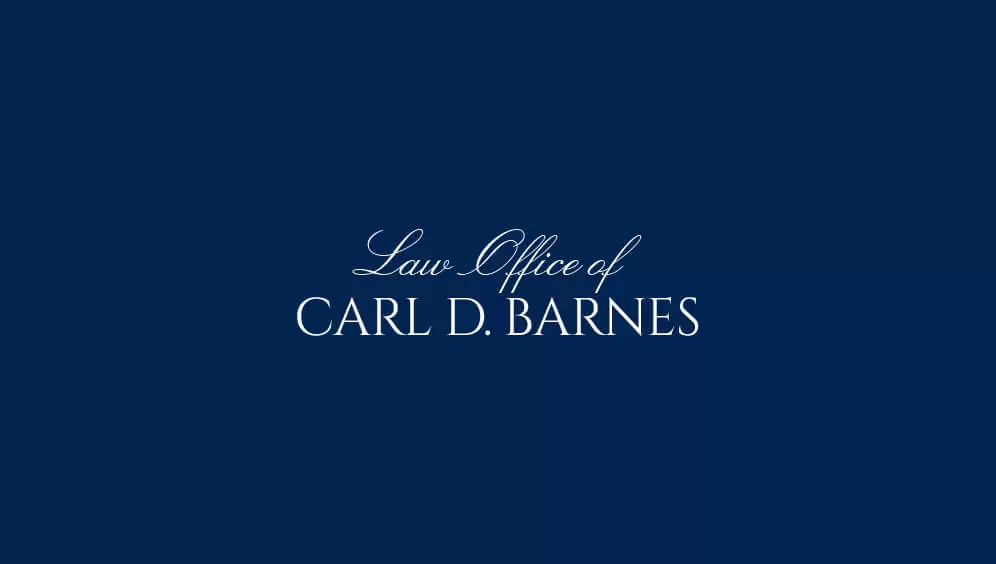Free Consultations | Se Habla Español
How do you identify skull fractures?

When you take a blow to the head, it often results in some form of injury to the brain or skull. In particular, with enough force behind a blow, you can actually end up dealing with a fractured skull.
How can you identify skull fractures when they occur? It is crucial to understand how to recognize the signs in order to get quick treatment.
Visible signs of injury
Merck Manual looks into skull fractures and how to identify them. Note that when you are suffering from a skull fracture or concussion, you will likely not have the means to identify a head injury in yourself at the time. Thus, it is important for everyone in the vehicle to know some basic first aid and knowledge of injuries so they can act on behalf of any injured parties.
That aside, skull fractures often have visible physical signs that other forms of head injury lack. First, skull fractures often result in bleeding within the skull. This blood then settles in the hollow areas of the bone, so you may notice bruising around the eyes or behind the ears.
Neurological symptoms
On top of that, skull fractures can puncture the areas that store cerebrospinal fluid. When this fluid leaks, it often drains from the ears or nose, so you may notice clear fluid exiting from these areas.
Of course, you will likely see changes due to neurological symptoms, too. This can include repeated vomiting, partial or full paralysis and an inability to identify one’s surroundings or the people they are with. If you notice any of these signs after a head injury, seek immediate medical care.

2500 East Colorado Boulevard
Suite 350 Pasadena, CA 91107
Pasadena Law Office Map

